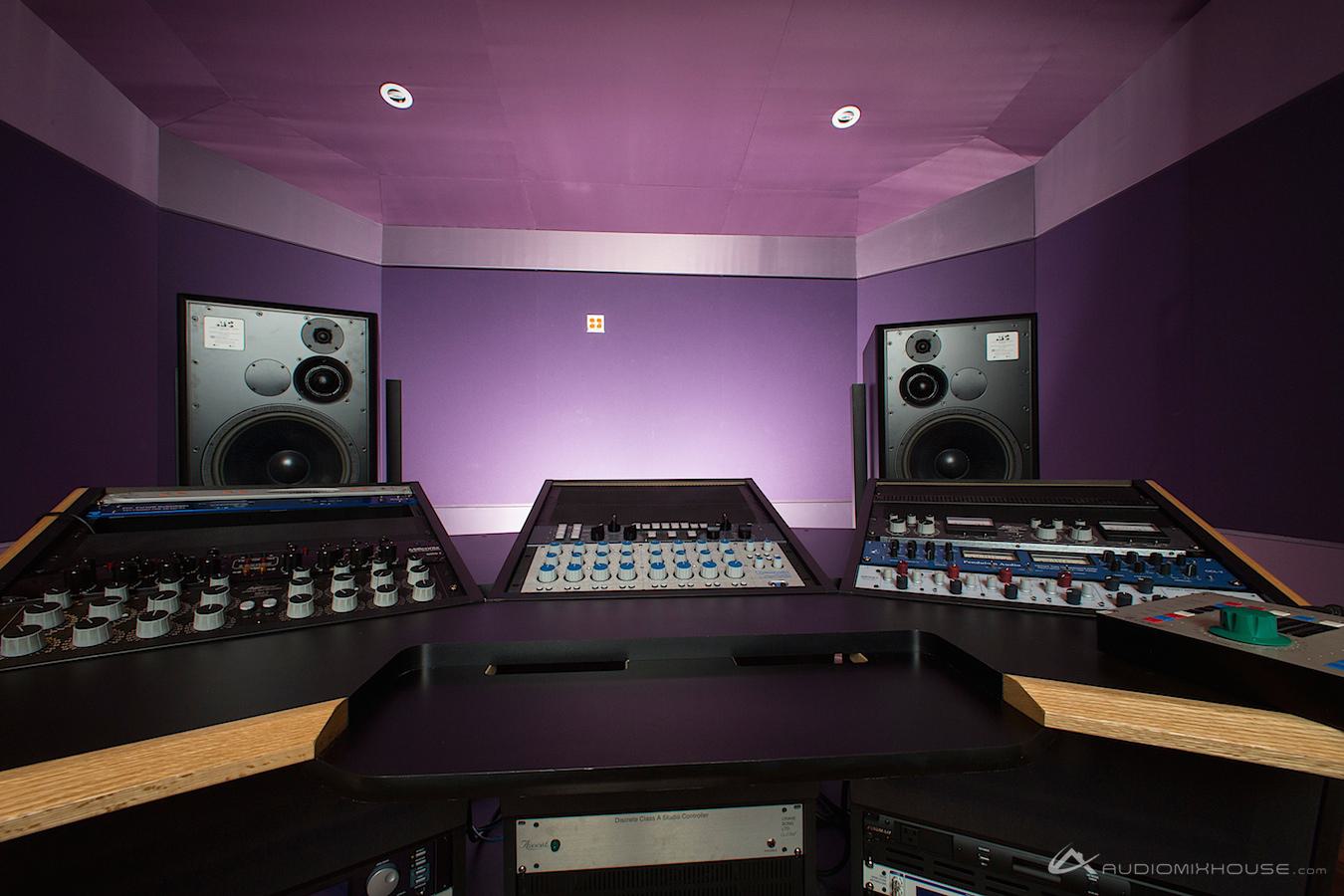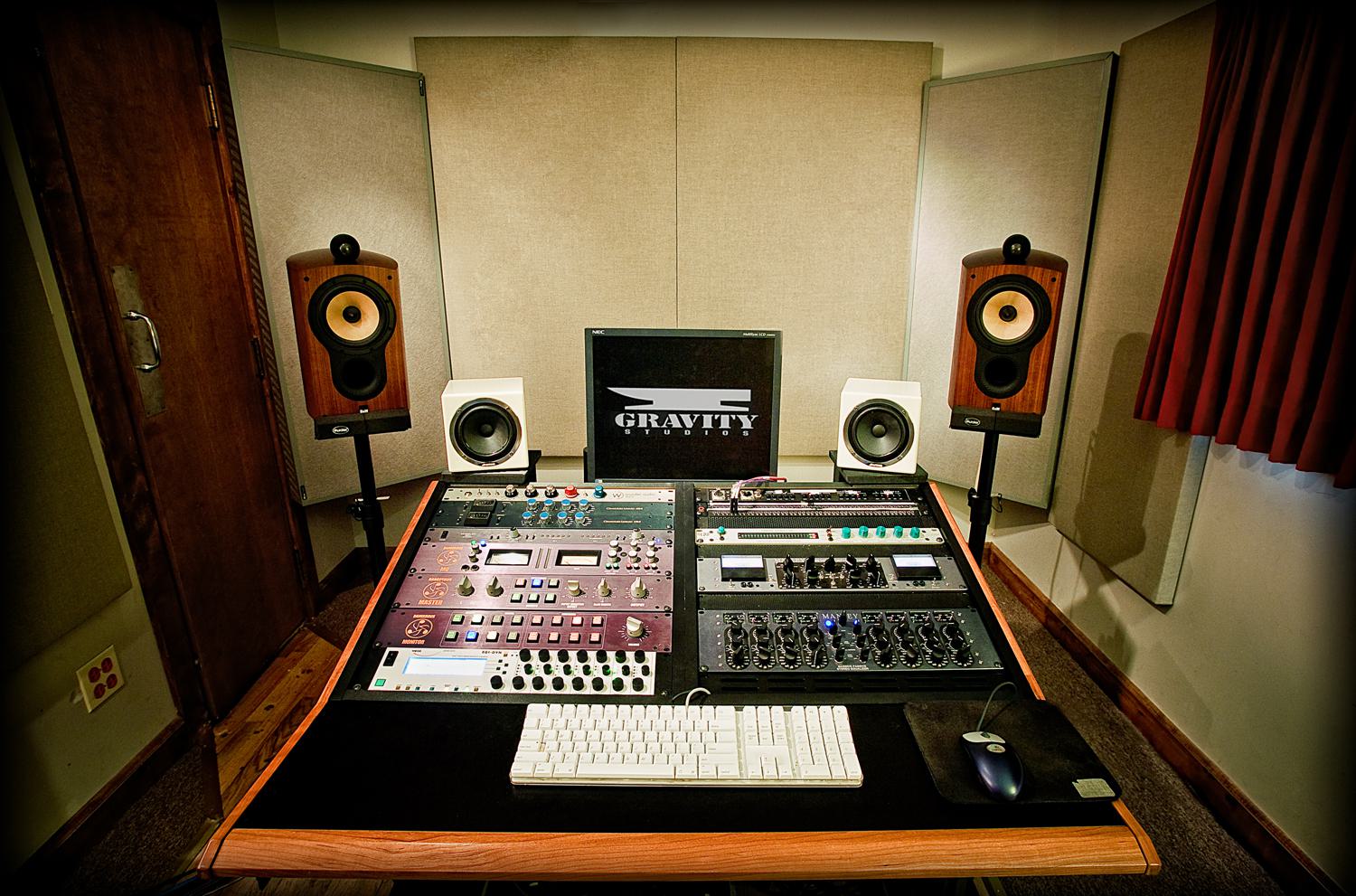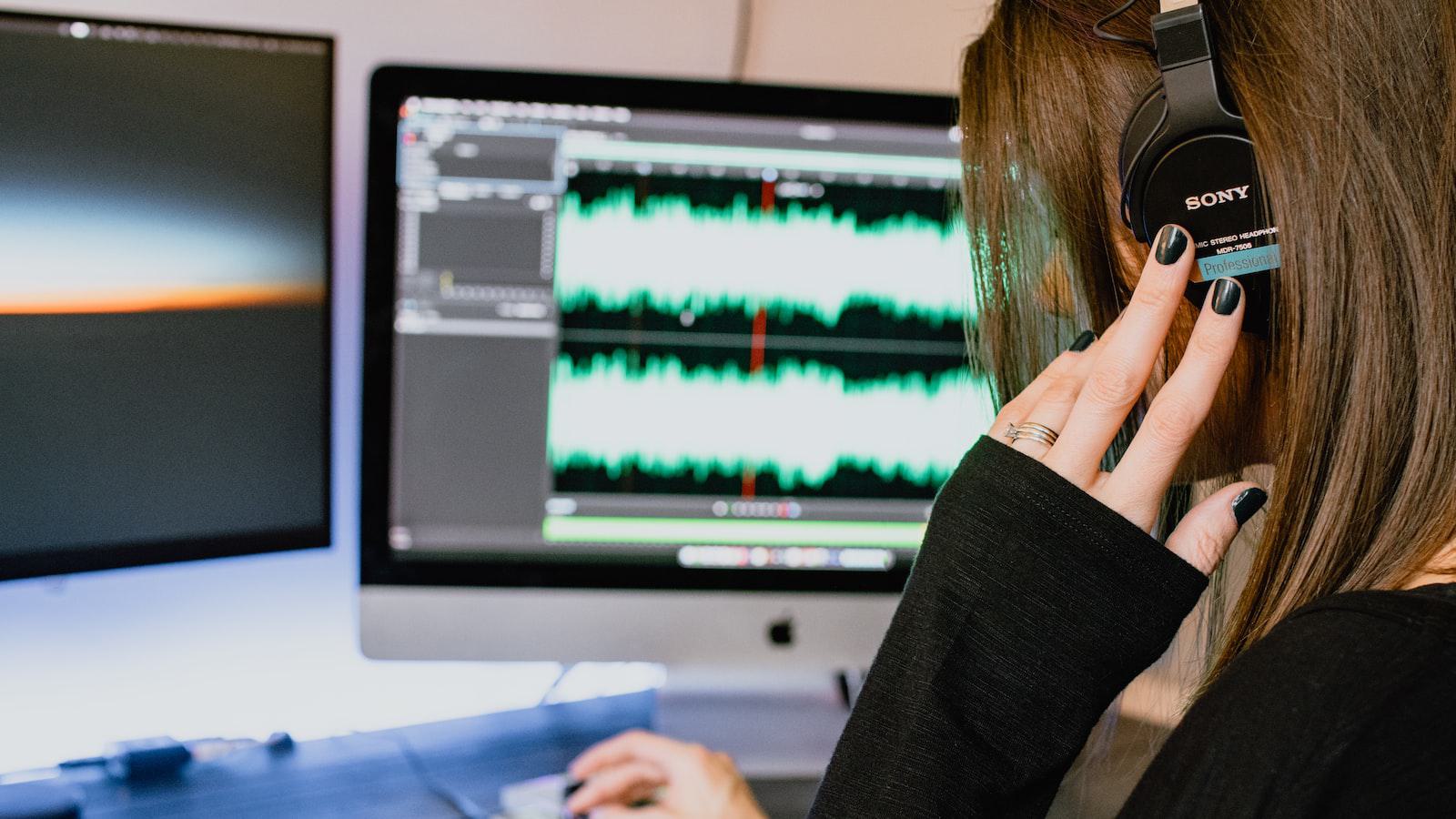In the digital age, mastering your songs can be an intimidating process. You may have spent hours crafting the perfect mix, honing the frequencies and balances of each channel, and yet still find yourself asking how to make your song loud and polished enough for the world to hear. The answer lies in mastering. If you understand how mastering can help your song, you can take your production to the next level. In this article, we’re going to explore the role of mastering in achieving a loud and polished final mix.
1. Understanding the Role of Mastering in Mixing
Mastering is a complex and often misunderstood process within the production of music. It is the final step before an album or track is released, and is crucial in helping the listener understand and appreciate the song. Mastering is the process of developing a song from its raw mixed version, and is focused on optimizing the audio for particular playback media and levels.
- PA Gain is the starting point of any mastering process, and involves adjusting the volume level of the track. This process helps ensure the track’s audio is loud and free of dynamic range issues.
- EQ helps further improve and balance the sound of the track, allowing the fuller frequencies of the song to remain intact. EQ can be used to counterbalances any frequencies that are overpowering the mix.
- Dynamic Processing is used to control the loudness of the track and keep the dynamic range from over-compressing. This process can help add punch and clarity to a track depending on the effects used.
- Stereo Width & Depth is achieved by applying various effects to the left and right channel of the track. This process can be used to create depth around the mix.
- Limiting is the final step of mastering. This process is used to ensure that the whole song is audible at a consistent level without pushing the sound too far.
The role of mastering in mixing is therefore highly important, not only for audio clarity but also for allowing your track to translate well on various playback systems. With careful mastering techniques, a track can be improved sound quality with added punch and clarity. This is why professional mastering is such an integral part of the process – to ensure the highest quality of production.
2. Enhancing Volume and Clarity with Mastering
Making the Final Master
Mastering is the last step in the audio production process and ensures that your music has a uniform, commercially-ready sound. When mastering, engineers adjust the dynamic range and equalization several ways. Sometimes, a compressor will be used to reduce the dynamic range to make the louder and quieter parts closer in volume, while the equalization will be used to fine-tune the timbre and make sure the mix sounds balanced.
Getting Creative with Mastering
- Adding depth to a mix with reverb and delay
- Applying parallel EQ to enhance clarity
- Adding various effects to enhance the sound
Once the initial volume levels and equalization are set, it’s time to get creative! By utilizing creative effects such as reverb, delay, and parallel EQ, a mastering engineer can further enhance the sound. Effects like these will help to add depth and interest to the track, as well as enhance the clarity and separation of the different instruments and components. With the right effects, a mastering engineer can help transform a good mix into a great song!
3. Considerations for Optimizing a Final Mix with Mastering
Mastering a final mix is an art form. It requires a keen understanding of the technical aspects such as compression, equalization, saturation, limiting, and stereo/mono mixing, as well as creative critical listening and sound shaping to optimize the sound of the mix. Here are some considerations to keep in mind when mastering a final mix.
- Monitoring: Make sure to use monitoring and listening environments that are suitable for mastering. This includes using high quality studio monitors, treating the rooms‘ acoustics, and using reference tracks for comparison.
- EQ: Be judicious in your use of equalization. Try not to overuse cutting or boosting – make subtle changes and always trust your ears.
- Compression: Pay careful attention to the gain reduction of peak levels (for example, 6 dB of gain reduction) to ensure that the compression helps to add the desired intensity to the mix. Also, be sure to dial in the attack and release times so as to preserve the original musicality.
- Limiting: Limit with care, using transparent limiting to ensure levels don’t exceed the target loudness. Make sure that the transients don’t get smashed too much and that the presence of the mix is preserved and enhanced.
- Imaging: Make sure to use appropriate stereo imaging techniques, such as stereo widening or mono-izing, to give the mix a sense of depth and space.
Once all of these elements are in place, it’s time to master the mix as a whole. This means fine-tuning the dynamic range, ensuring the appropriate loudness levels, and adding any final touches for a polished and professional sound.

4. Tips for Achieving a Loud and Polished Final Mix
Mixing isn’t easy, but getting a polished and loud final mix can be achieved if you stick to some of these key tips.
- Be Consistent with Levels: Making sure that all the elements in the mix have the same overall volume level will lend them to a unified and powerful sound.
- Find the Sweet Spot: Balancing the relative level of different elements correctly and making sure the various frequency ranges are correctly balanced will help lead to a great sounding mix.
Once everything is in place, it’s important to go back with your tools to help polish the mix. Use equalisation and dynamics tools such as compressors and limiters to finish the mix in a clean and professional sounding way.
- Equalisation: Use EQ to cut out frequencies that are conflicting and are preventing the mix from sounding its best.
- Compression and Limiting: these tools can be used to make sure the entire mix is at one relative level, while also adding a bit of character and vibration.
By following these tips, you can easily get a loud and polished finished mix!
In the end, mastering is the cherry on top of the entire mixing process. It serves to bring the extra bit of shine to an already great mix and can make all the difference in a production. It isn’t a mandatory step in the process, but it’s certainly one worth exploring and taking advantage of if you want to make your mixing process more complete.

